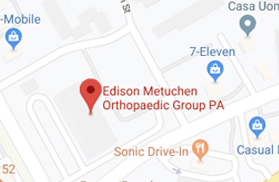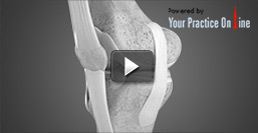Posterior Lumbar Decompression with Fusion
The lower back consists of 5 vertebral bones that surround and protect the lumbar spinal cord. Degeneration (wear and tear due to age), trauma, disease or deformity can compress or damage the lumbar spinal cord or nerves that run between the vertebrae, leading to lower back pain as well as pain, numbness, or weakness in the legs. Posterior lumbar decompression with fusion (PLDF) is a procedure that relieves spinal compression.
Posterior lumbar decompression with fusion is recommended when symptoms affect your quality of life and are not relived by conservative treatment.
PLDF is performed under general anesthesia. An incision is made in the midline of your back and the underlying muscles are separated. The spinal canal is accessed with a high-speed drill to remove part of the lamina (part of vertebra that protects the back of the spinal cord) as well as adjacent ligaments in order to make more room for the pinched spinal cord or nerves. Decompression alone may leave the spine unstable, especially when larger segments of spine are removed. Hence, it is usually combined with fusion of the adjacent vertebrae. Bone growth necessary for fusing the segments is stimulated with bone graft, which is inserted between the vertebrae. The bones are supported and stabilized by cages, screws, rods or plates during the healing process. Following the procedure, pain medication is prescribed and your back is supported in a brace for 1-2 days. You are advised on the activities you can perform and those you need to restrict, and may leave the hospital in 2-4 days.
As with any invasive procedure, posterior lumbar decompression with fusion may be associated with certain complication such as nerve injury, infection, bleeding and failure to resolve symptoms.
Other Spine List
- Normal Anatomy of the Spine
- Back Pain
- Neck Pain
- Spine Trauma
- Vertebral Fractures
- Spine Injections
- Spinal Deformity Surgery
- Lumbar Microdiscectomy
- Spinal Cord Stimulator
- Anterior Cervical Decompression with Fusion
- Corpectomy
- Kyphoplasty
- SI joint fusion
- Oblique Lumbar Interbody Fusion
- Direct Lateral Interbody Fusion
- Interlaminar Lumbar Instrumented Fusion
- Minimal Access Surgical Technology Transforaminal Lumbar Interbody Fusion
- Lumbar Epidural Steroid Injection
- Laminectomy (Cervical) with Fusion
- Posterior Lumbar Interbody Fusion
- Peripheral Nerve Surgery
 Menu
Menu






